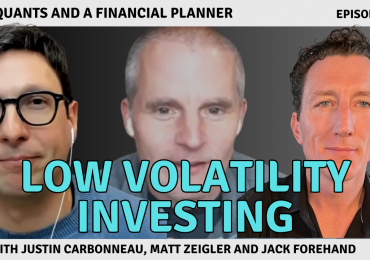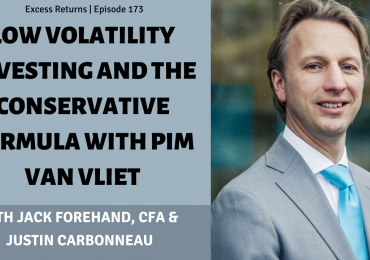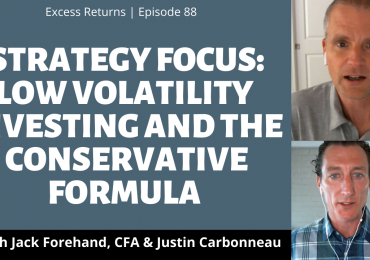Investor appetite for low-volatility mutual and exchange-traded funds isn’t new. However, it seems to be reaching the point of gluttony. Bloomberg reports that this month, (for the first time), combined assets in the PowerShares S&P Low Volatility fund and the iShares Edge MSCI Minimum Volatility USA ETF reached $20 billion.
But as investors continue to flee the rest of the equity markets (yanking almost $60 billion from U.S. stock funds this year alone), the mass inflow to the low-vol funds is making the shares in those funds more expensive, leading to more price swings and, ironically, volatility.
Although not designed to do so, the PowerShares fund is beating the market this year (up 3.4% to date compared with a 0.2% increase in the S&P 500). At the same time, however, expected volatility (as measured by the Chicago Board Options Exchange) says that current market turbulence is more than 20% below its 10-year average. So the fact that investors are still running for the exits in the broader markets is causing asset managers anxiety since, even after the markets calmed down from the shocks of last August and this past January, low-vol funds remain the destination of choice.







